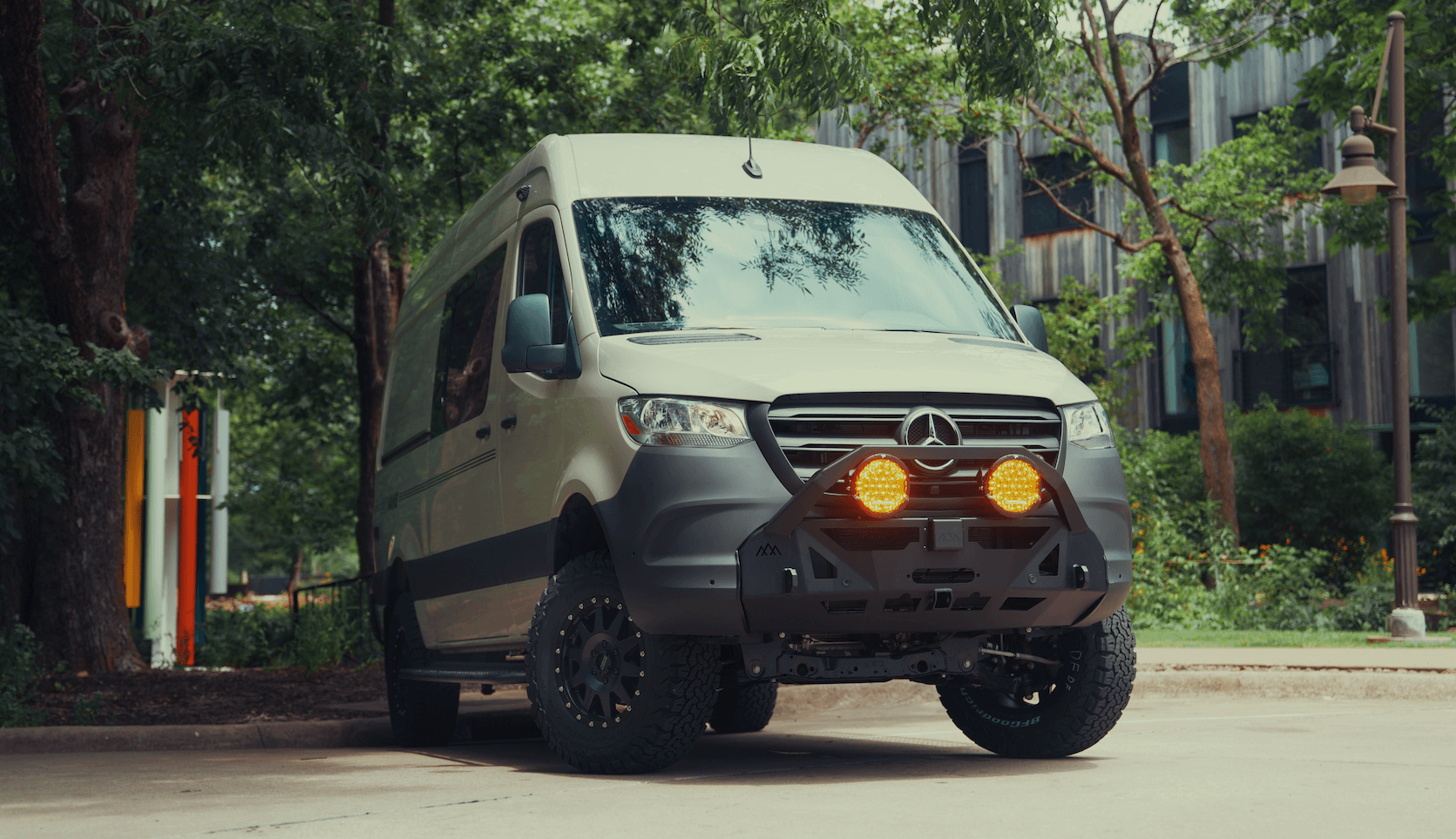Recreational Vans

At its core, a charge controller regulates voltage and current from solar panels to keep batteries within safe limits. Without one, panel voltage can exceed a battery’s tolerance, causing heat, gassing, and permanent damage. Good controllers deliver multistage charging: bulk to push power in quickly, absorption to top off without overheat, and float to maintain a full state of charge. Some units also offer an equalize mode for certain lead acid chemistries. Additional functions include preventing reverse current at night, reporting system metrics, and coordinating with battery monitors or shunts. In mobile systems, a well tuned controller reduces generator time and stretches battery life, especially when weather and roof angles change day to day.
Pulse width modulation controllers are simple and affordable. They work best when panel voltage closely matches battery voltage, such as a single 12 volt panel on a 12 volt battery. In mixed light or cold weather, their efficiency lags because they clip panel voltage down to battery voltage. Maximum power point tracking controllers continuously find the best voltage and current combination to pull the most watts from the array. MPPT shines with higher voltage panel strings, partial shading, temperature swings, and long cable runs where voltage drop matters. For vans and overland rigs with limited roof space, MPPT usually yields more usable energy per square foot. If your array is larger, split roof sections see different sun angles, or you travel year round, MPPT is typically the smarter choice.
Start with system math. Continuous current equals array watts divided by battery voltage, then add margin for cold conditions and controller efficiency. Pick a controller whose input voltage equals or exceeds your panel string open circuit voltage under the coldest expected temperature. Match cable gauge to current and run length to keep voltage drop under three percent on both array to controller and controller to battery legs. Place the controller close to the battery bank and use appropriately rated fuses or breakers on both sides. Enable temperature compensation with a battery temp sensor when your chemistry requires it, and program correct absorption and float targets per the battery manufacturer. Label everything, secure wires against chafe, and provide airflow so the controller can shed heat under heavy charge.
Lithium iron phosphate prefers tight voltage control, no equalize, and typically shorter absorption times. Sealed AGM likes staged charging with occasional absorption to reach full. Flooded lead acid may need periodic equalization and requires venting. Incorrect profiles cut capacity and shorten life, so verify the charging voltages, tail current thresholds if available, and absorption duration against your exact battery model.
Battery voltage behavior shifts with temperature. Controllers with a remote sensor can adjust charge targets to prevent undercharge in cold weather and overcharge in heat. Mount the sensor on a battery case, not in free air, and keep the controller in a space that avoids extreme heat to preserve its efficiency and lifespan.
Mixing different panel models on one MPPT can confuse tracking and reduce harvest. Oversizing array voltage beyond controller limits can trip protections or damage hardware. Long, undersized cables waste power as heat; fix with heavier gauge and shorter runs. Skipping a main battery fuse is a safety risk; add a correctly rated breaker within inches of the battery positive.
Building a mobile system that just works also means considering the broader platform: roof layout, alternator charging, storage needs, and serviceability on the road. If you are planning a full adventure rig, explore our recreational vans to see how integrated electrical, solar, and interior design come together as a complete travel solution.
Choosing a controller is only one layer of a dependable build. Matching it to your battery chemistry, solar layout, and travel pattern matters as much as the spec sheet. Our team designs systems that balance power, weight, and space so your fridge stays cold, fans keep airflow steady, and laptops charge while you chase the horizon. For custom layouts and professional installation, start with a custom van build consult, or browse financeable mainstream vans if you want a proven platform ready for upfit.
Final step: when your controller is set correctly and your wiring is clean, off grid power feels simple. That is the goal. Tell us how you travel, and we will map the power system that makes every mile easier.
Ready for dependable off grid power? Tell us about your travel style and battery goals. Our team will spec, install, and test your charge controller and full electrical so you leave confident. Start your custom build consult now.
ADDRESS:
6159 E Huntsville Rd, Fayetteville, AR 72701
PHONE:
(479) 326-9200
EMAIL:
info@ozkvans.com